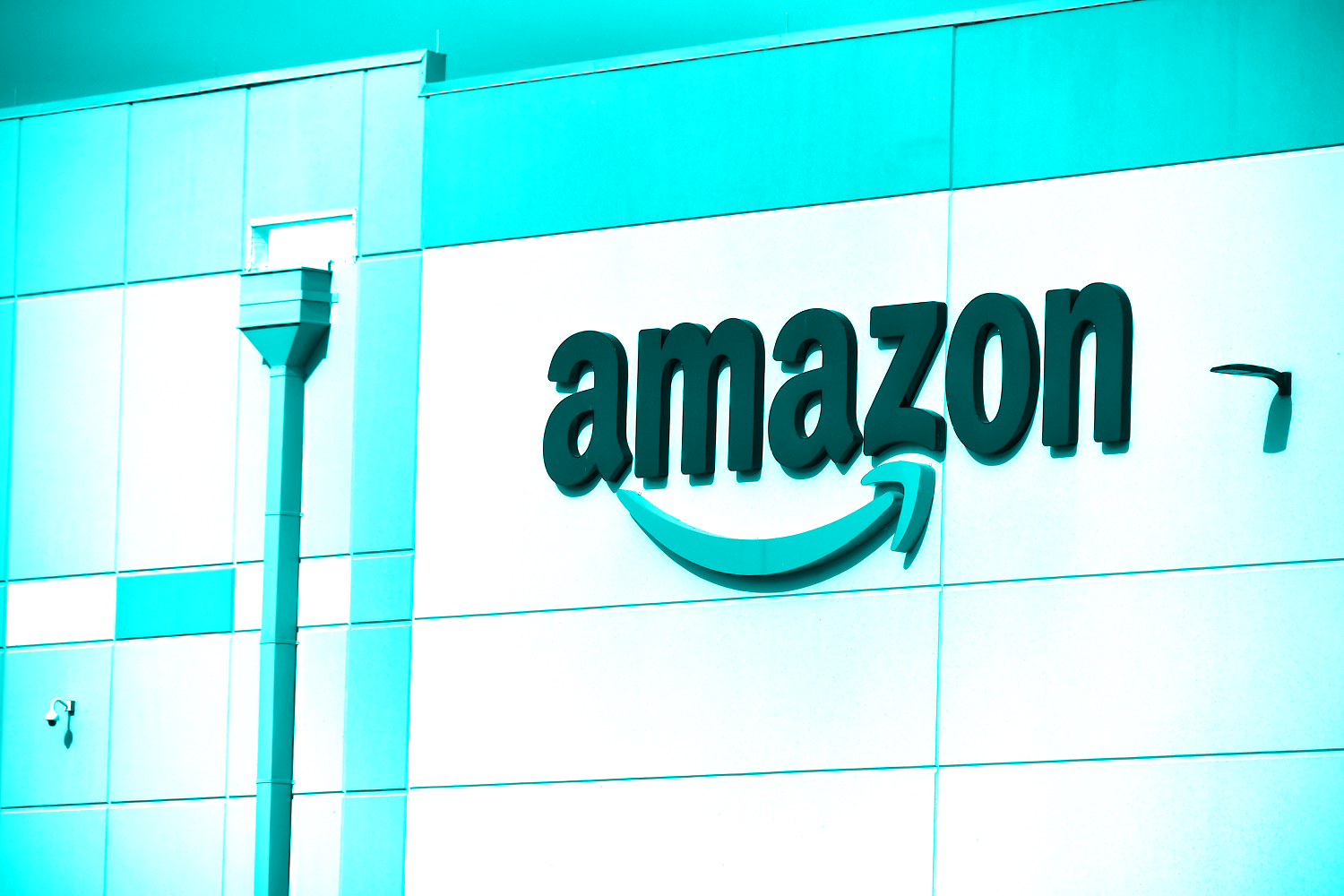Amazon offloads its climate burden
Nearly three-quarters of Amazon’s emissions come from its supply chain: the web of business partners that, among other tasks, handle shipping, sourcing, and manufacturing the millions of items the ecommerce behemoth sells daily. That chunk of the company’s planet-warming potential—called Scope 3 emissions—increased by 6% in 2024, alongside a 6% jump in Scope 1 and a 1% rise in Scope 2, which reflect the greenhouse footprint of its own facilities and the energy used to run them, respectively. Despite a growing portion of every big tech firm’s emissions tracing back to data centers and power-hungry artificial intelligence, Amazon is in a unique position: It can offload much of the burden of hitting net-zero to its supply chain partners, Trellis reports. Translation: It can make reducing the climate costs of the overconsumption it helped create the responsibility of the firms who haul and make the goods it sells. Currently 549 companies have signed onto its Climate Pledge.
What you can do: There isn’t a purchase on planet Earth that’s more climate-friendly than no purchase at all. The next best option is borrowing or renting what you need, followed by secondhand shopping. If—for reasons of accessibility or affordabliilty—Amazon is your best option, opt for products marked Climate Pledge Friendly.
The nation’s climate report card is under review
Earlier this year, the U.S. National Climate Assessments archives disappeared from government websites. Funding for the next edition, due in 2028 and already in progress, was also cut. The assessment, which is released every 4 years and mandated by congress, details the impacts of human-caused climate change on the nation. It helps state and local governments, as well as businesses, understand their risks and better prepare for climate-fueled events like droughts and heat waves. Last week, Secretary of Energy Chris Wright told CNN his agency is getting ready to revamp the old reports, saying they “weren’t fair in broad-based assessments of climate change.” It’s only the latest in a series of moves the Trump administration has taken to literally rewrite the scientific consensus that as much as 99.9% of peer-reviewed literature affirms.
What you can do: Be ready for potentially tough conversations with climate skeptics in your life, who may feel emboldened by the administration’s recent moves. Here’s our guide to doing so without losing your cool.
Local climate action delivers big wins
When it comes to climate action, progress can feel slow—even insignificant—particularly when the federal government seems hellbent ☝️on unwinding progress. But a new report from Redstone, a consultancy group focused on social impact, shows just how much local engagement can drive big climate benefits. The report analyzed projects across the U.S. and Canada, measuring both avoided carbon emissions and philanthropic investment. For instance, a New York offshore wind farm, the result of local campaigning, is expected to prevent 7.7 million metric tons of carbon emissions by 2030. Similarly, a solar initiative on Nevada’s Moapa River Indian Reservation wipes 4.2 million metric tons of carbon. And the cancellation of the Keystone Pipeline, made possible by years of grassroots resistance, will avoid as much as 105 million metric tons of emissions. Coauthor Sam Greenberg told Grist that the study underscores an indisputable truth: Local advocacy works.
What you can do: Join a local climate group and advocate for community policies—the Climate Action Network is a great place to start. And read our refresher about how to be climate-active during Trump 2.0.
Used EV batteries have a second life
One of the questions that looms large over electric vehicles is what happens to their batteries once the cars reach the end of their lives. A promising option, currently being explored by several companies, is to repurpose the existing batteries to address another problem: a growing need for long-term energy storage to serve as a backup for renewables and create a more resilient grid. As Canary Media reports, lithium-ion batteries plucked from old EVs still retain 70% to 80% of their original capacity, and the field for using that juice is getting more crowded. California-based B2U Storage Solutions has used these so-called “second life” batteries in solar-plus-storage systems, Element Energy launched a grid-connected second life battery array in West Texas that’s been operating since May 2024, and lithium-ion recycler Redwood Materials recently unveiled its own 63 megawatt-hour array in the desert outside Reno.
What you can do: While companies like Redwood are working to close the loop on EV batteries, remember to not let perfection become the enemy of progress. Electric vehicles earn back their costs after about two years on the road—that means anything beyond that is, as they say, gravy.

